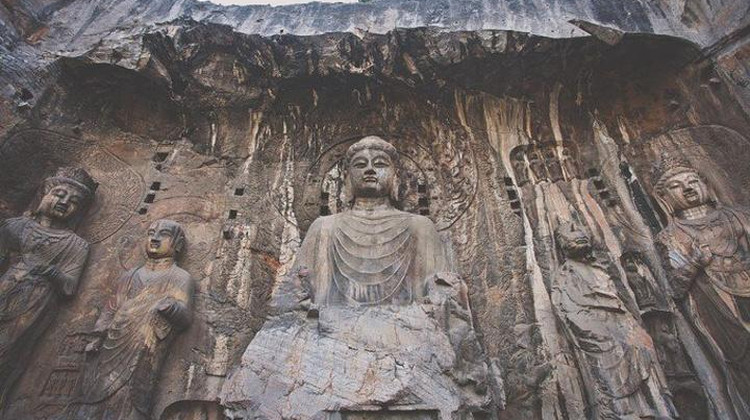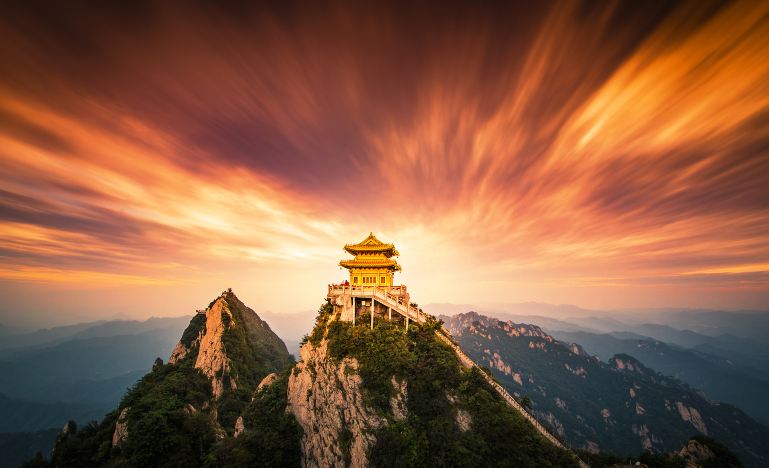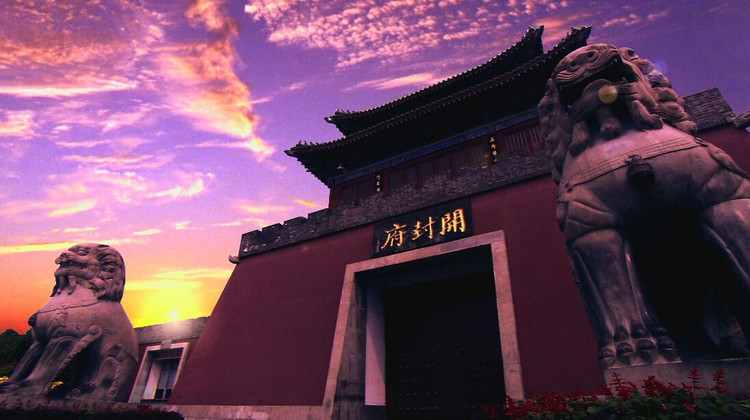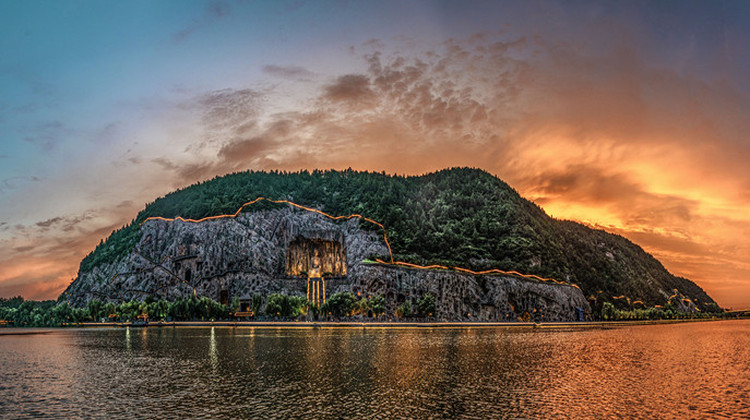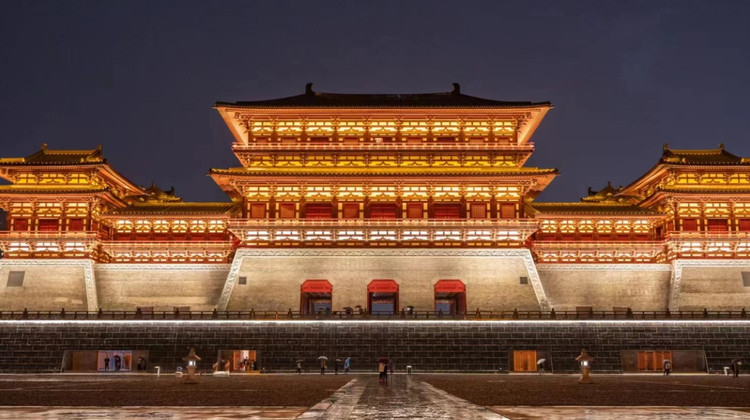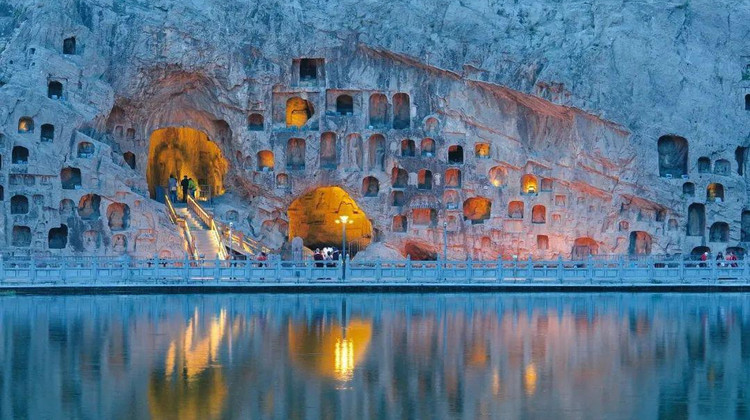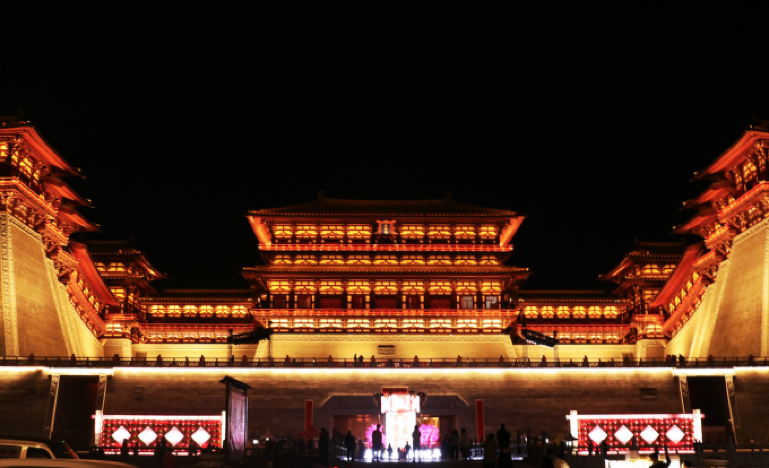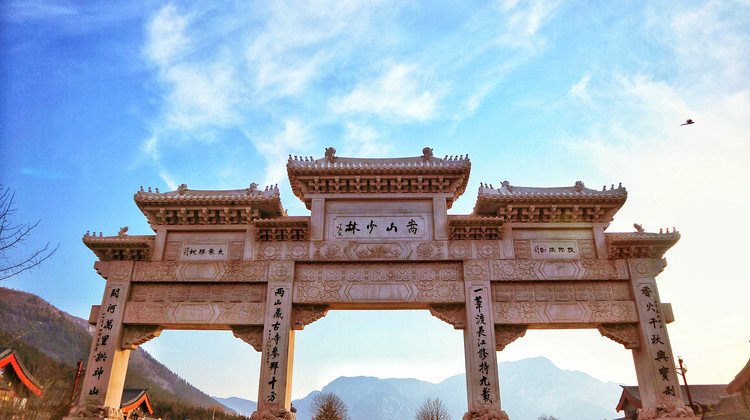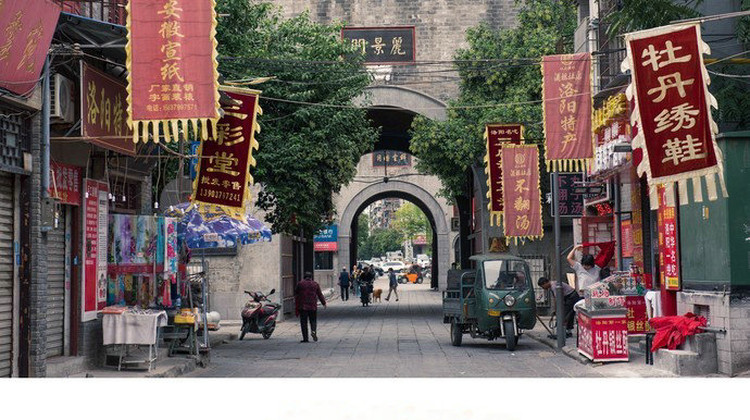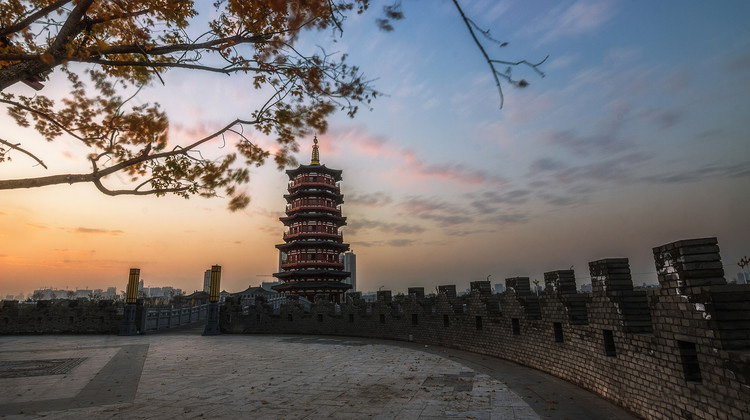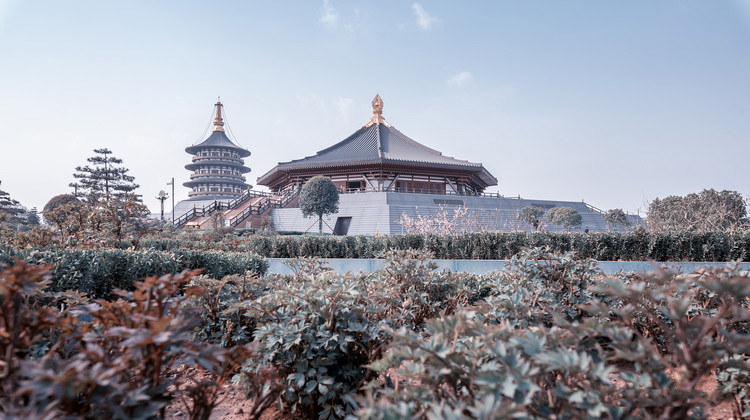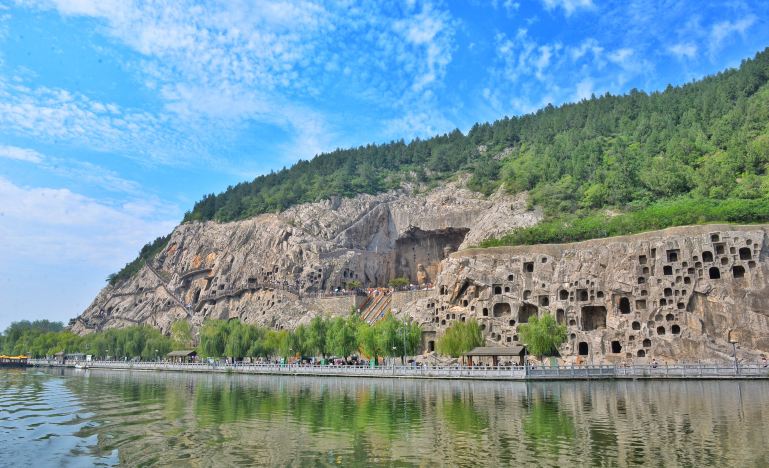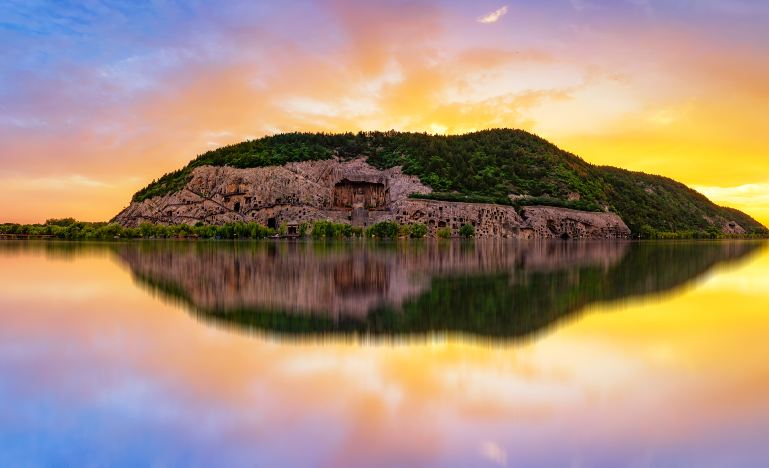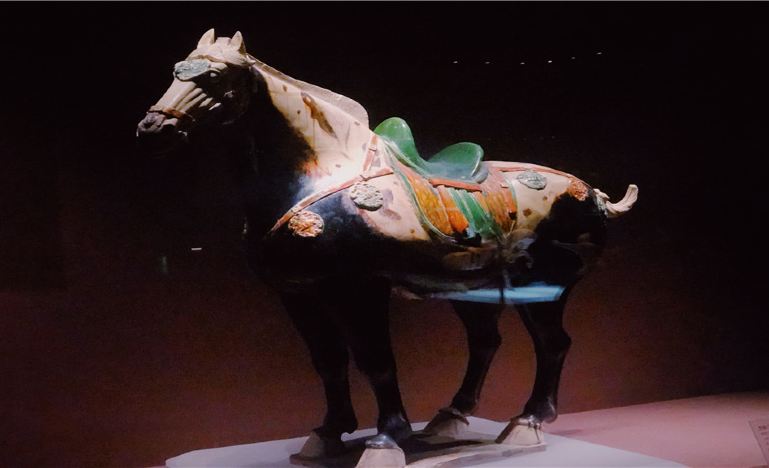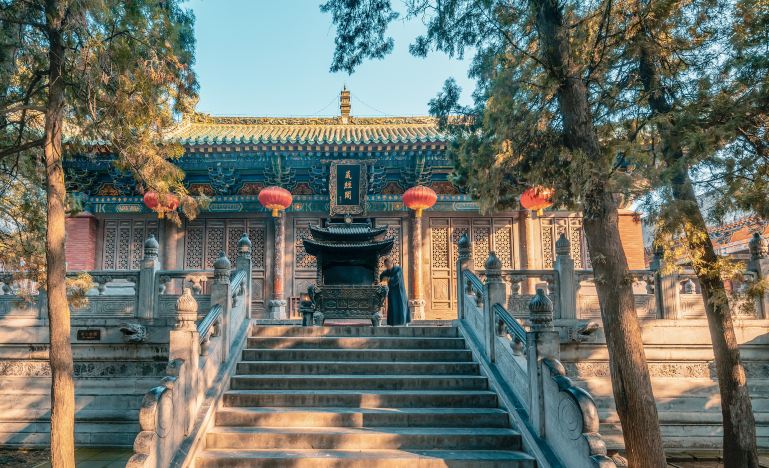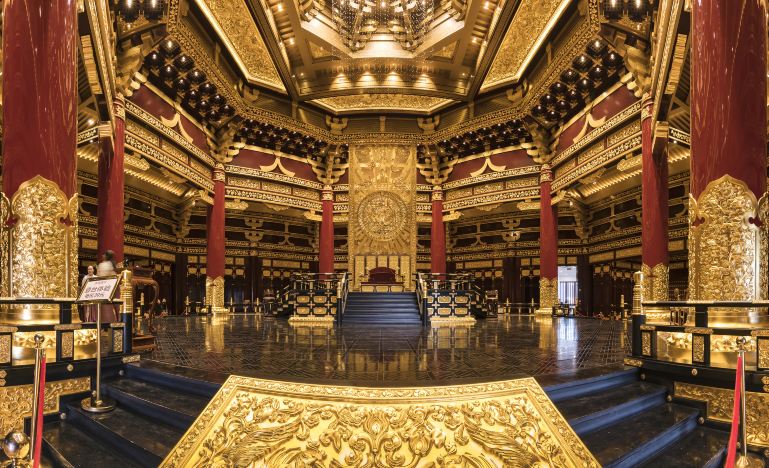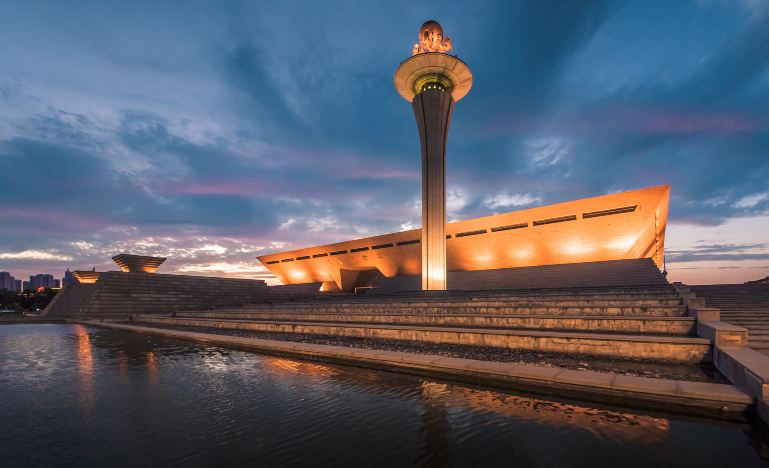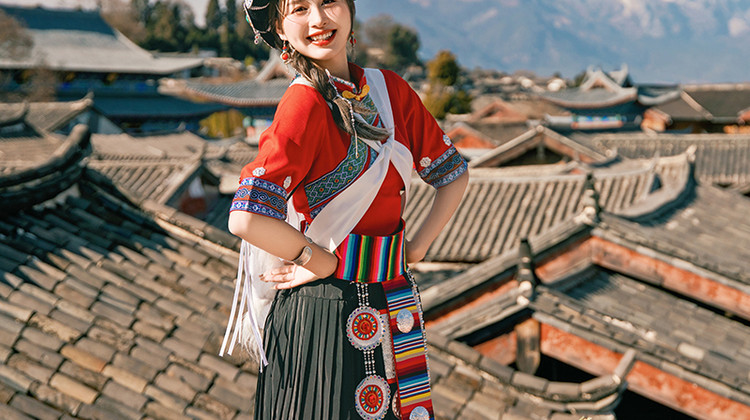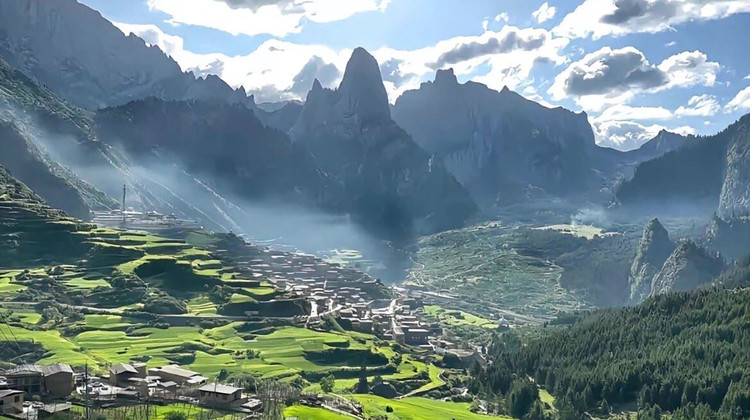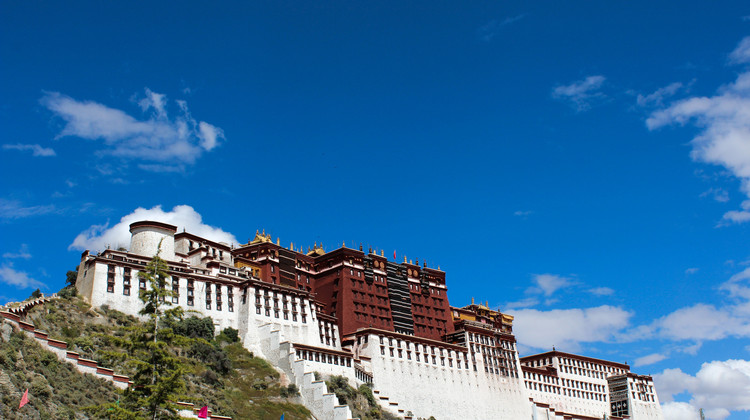Henan Luoyang Longmen Grottoes + Laojun Mountain + Shaolin Temple 5-Day 4-Night Trip
★ [Preferred Itinerary] [Easy Tour of Laojun Mountain] Take the first section of the cableway round trip, saving your energy for the essence of the journey; marvel at the wondrous scenery of the Qinling Mountains’ remnant range, the golden summit sanctuary in the clouds, and the fairyland tour.
★ [Scenic Highlights] [In-Depth Luoyang] From the Northern Wei to the Sui and Tang dynasties, explore the Longmen Grottoes + two ancient temples · Shaolin Temple/White Horse Temple + Paradise Mingtang + Night tour of Yingtianmen, experience the vicissitudes of a thousand years and enjoy the Tang Dynasty’s prosperous lights.
Itinerary
Free Activities
Recommendation: Luoyi Ancient City
The Longmen Grottoes (simplified Chinese: 龙门石窟; traditional Chinese: 龍門石窟; pinyin: Lóngmén Shíkū; lit. ‘Dragon’s Gate Grottoes’) or Longmen Caves are some of the finest examples of Chinese Buddhist art. Housing tens of thousands of statues of Shakyamuni Buddha and his disciples, they are located 12 kilometres (7.5 mi) south of present-day Luoyang in Henan province, China. The images, many once painted, were carved as outside rock reliefs and inside artificial caves excavated from the limestone cliffs of the Xiangshan (香山) and Longmenshan, running east and west. The Yi River (Chinese: 伊河) flows northward between them and the area used to be called Yique (伊阙; ‘The Gate of the Yi River’). The alternative name of “Dragon’s Gate Grottoes” derives from the resemblance of the two hills that check the flow of the Yi River to the typical “Chinese gate towers” that once marked the entrance to Luoyang from the south.There are as many as 100,000 statues within the 2,345 caves, ranging from 1 inch (25 mm) to 57 feet (17 m) in height. The area also contains nearly 2,500 stelae and inscriptions, hence the name “Forest of Ancient Stelae”, as well as over sixty Buddhist pagodas. Situated in a scenic natural environment, the caves were dug from a 1 kilometre (0.62 mi) stretch of cliff running along both banks of the river. 30% date from the Northern Wei and 60% from the Tang dynasty, caves from other periods accounting for less than 10% of the total. Starting with the Northern Wei dynasty in 493 AD, patrons and donors included emperors, Wu Zetian, members of the royal family, other rich families, generals, and religious groups.
In 2000 the site was added to the UNESCO World Heritage List as “an outstanding manifestation of human artistic creativity,” for its perfection of an art form, and for its encapsulation of the cultural sophistication of Tang China.
Mount Laojun (also called Jingshi Mountain 景室山) is a mountain in Henan Province, China.
Along with the Jiguan Cave, the mountain forms part of a tourist scenic area that is rated as AAAAA, the highest category in the tourist rating system. Historically, the mountain was a retreat for Laozi, the founder of Taoism.
White Horse Temple (Chinese: 白馬寺) is a Buddhist temple in Luoyang, Henan that, according to tradition, is the first Buddhist temple in China, having been first established in 68 AD under the patronage of Emperor Ming in the Eastern Han dynasty.
The site is just outside the walls of the ancient Eastern Han capital, some 12–13 kilometres (7.5–8.1 mi) east of Luoyang in Henan Province. The temple, although small in comparison to many others in China, is considered by most believers as “the cradle of Chinese Buddhism”. The geographical landmarks to the south are Manghan mountain and Lucoche River.
The main temple buildings, a large complex, were reconstructed during the Ming (1368 to 1644) and Qing (1644 to 1912) dynasties. They were refurbished in the 1950s, and again in March 1973 after the Cultural Revolution. It has numerous halls divided by courtyards and manicured gardens, covering an area of about 13 hectares (32 acres). The display plaques in Chinese and English give ample descriptions of the Buddhist deities installed in the halls. Significant statues include Śākyamuni Buddha, Maitreya (the laughing Buddha in China), Amitābha, the Jade Buddha, Bodhisattvas such as Guanyin, and arhats and stone statues of the two white horses which brought the Indian monks to China and two mythical lions at the entrance. Under international funding, the temple has undergone many changes, both structurally and internally. The most recent cooperative project, with India, was completed in 2008 when the Sanchi Stupa and the Sarnath Buddha statue were erected.
洛阳博物馆是一座位于中国河南省洛阳的历史博物馆。博物馆坐落在黄河流域。博物馆展示了洛阳丰富的文化遗产。洛阳是中国的主要文化中心,曾是东周和东汉等多个朝代的都城。
博物馆始建于 1958 年,位于洛阳市以南七公里(4.3 英里)的关林。1973 年,博物馆搬迁至中州路北侧王城公园附近。王城公园占地 67 公顷(170 英亩),是洛阳最大的公园。新博物馆于 1974 年 5 月 1 日开放。博物馆收藏了洛阳郊区旧区发掘遗址的文物。其中包括宫殿和寺庙的古物。这些文物见证了洛阳的历史,代表了从新石器时代直至公元 937 年这座九都古城的文化元素。
FAQs
A: The recommended free activity on Day 01 is visiting Luoyi Ancient City.
A: The museum showcases a rich collection of artifacts from different historical periods of Luoyang’s history. You can see ancient pottery, bronzes, and other cultural relics that reflect the city’s importance as a cultural center.
A: Historically, it was a retreat for Laozi, the founder of Taoism.
A: The White Horse Temple is a Buddhist temple in Luoyang, Henan. According to tradition, it is the first Buddhist temple in China.
A: The main temple buildings have numerous halls divided by courtyards and manicured gardens. There are significant statues like Śākyamuni Buddha, Maitreya, Amitābha, Guanyin, arhats, and stone statues of the two white horses and two mythical lions.
A:For 144hour-free-visa, you can refer this post 144-hour-Visa-Free Transit policies for Foreign Nationals – A Complete Guide in 2024 – ChinaTravelTips (china-travel-tips.com)


